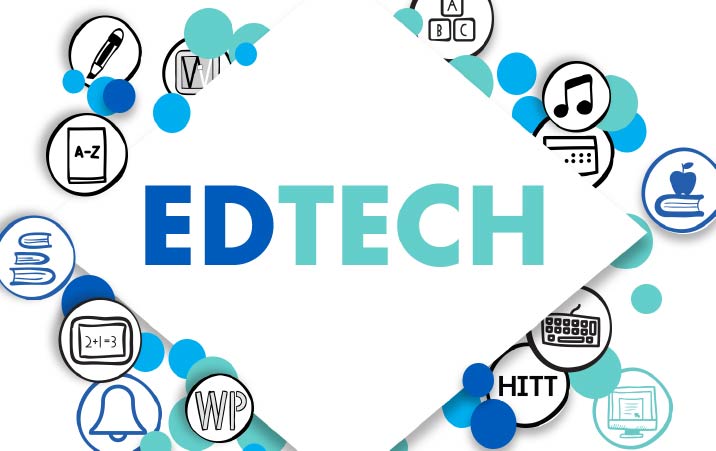The pandemic is a recent phenomenon. So is the boom in education technology. The world of academics has moved online, finally easing into the idea that technology integration in education is not such an awful idea after all. However, this does not mean that there is a full acceptance of this phenomenon. Given these factors, has edtech really made it to the pinnacle of the education space? I think not. Let us examine why.
First and foremost, it is important to examine the kind of companies that were around before the pandemic. Most of them functioned as an after-school learning product – a digital replacement of the gully-waali tuition centre of sorts. The catch here is that access to these mediums was and is reserved for the privileged. That hasn’t changed over the pandemic. In fact, it has only made the gap in access more starking.
Secondly, we’re still at a phase where we’re trial and error-ing. We haven’t had any breakthroughs yet on a one size fits all solution for and after the pandemic. Once the pandemic is done and students have to go back to class, they will enter a world that is very different. Schools will have to follow Covid protocols for the foreseeable future. How will education technology figure in this scenario then? Will edtech’s potential then only be reserved for a world that continues to live in a pandemic? These are questions that companies that work in this space are grappling with.
Lastly, the education world, before the pandemic, was struggling with issues of class, privilege and access. Private schools have better infrastructure and more learning resources. They could digitize and adapt as per the growing needs. Public schools lack infrastructure and all the other components that facilitate equalizing teaching and learning. In a situation such as this, can public schools adapt to the digital requirements as prescribed by the latest education policy?
These are all fairly open-ended questions. Companies are still looking for ways to come up with answers to these questions while the government is trying to solve these on a policy level. Given that there are so many volatile variables at play here, one cannot state with absolute certainty that edtech has made it to the pinnacle of education. Sure, we have entered the field of education and we are here to stay.
There is no fighting the tech revolution waiting to take over the education sector but we haven’t reached there yet. We are now mere facilitators of learning; supporting a dynamic environment that throws unique challenges at us every other day. Our goal now is to adapt to this environment. Taking over the education space can and will happen only much later. While we are busy tailoring our services to the current environment, we have to look at what permanent changes are being suggested by the government at a policy level. We can achieve a pinnacle only if we align our purposes in that manner.
This is not to say that education technology hasn’t made an impact. It has and at a truly crucial moment. The impact we have created now is what will pave the way for education technology to occupy center stage in academics in the future.
The pandemic and all the other hosts of issues are just roadblocks for us on our way there. We want technology to find its place in the classroom to help raise another generation of creative thinkers. We cannot do that only if we’re innovating to stay relevant to the time. We need to chalk out long-term strategies that will cement the need for technology in education. Knowing our presence is important to achieve this feat is what motivates entrepreneurs like me to continue fighting the good fight.
So to say, the world has recognized the need to integrate technology with education. It should have happened sooner for sure. Now that we have established our presence as a need over a necessity, there is no denying that we will only continue to grow. However, that does not mean we have reached the pinnacle of education. At least, not yet.
COURTESY – BW EDUCATION








